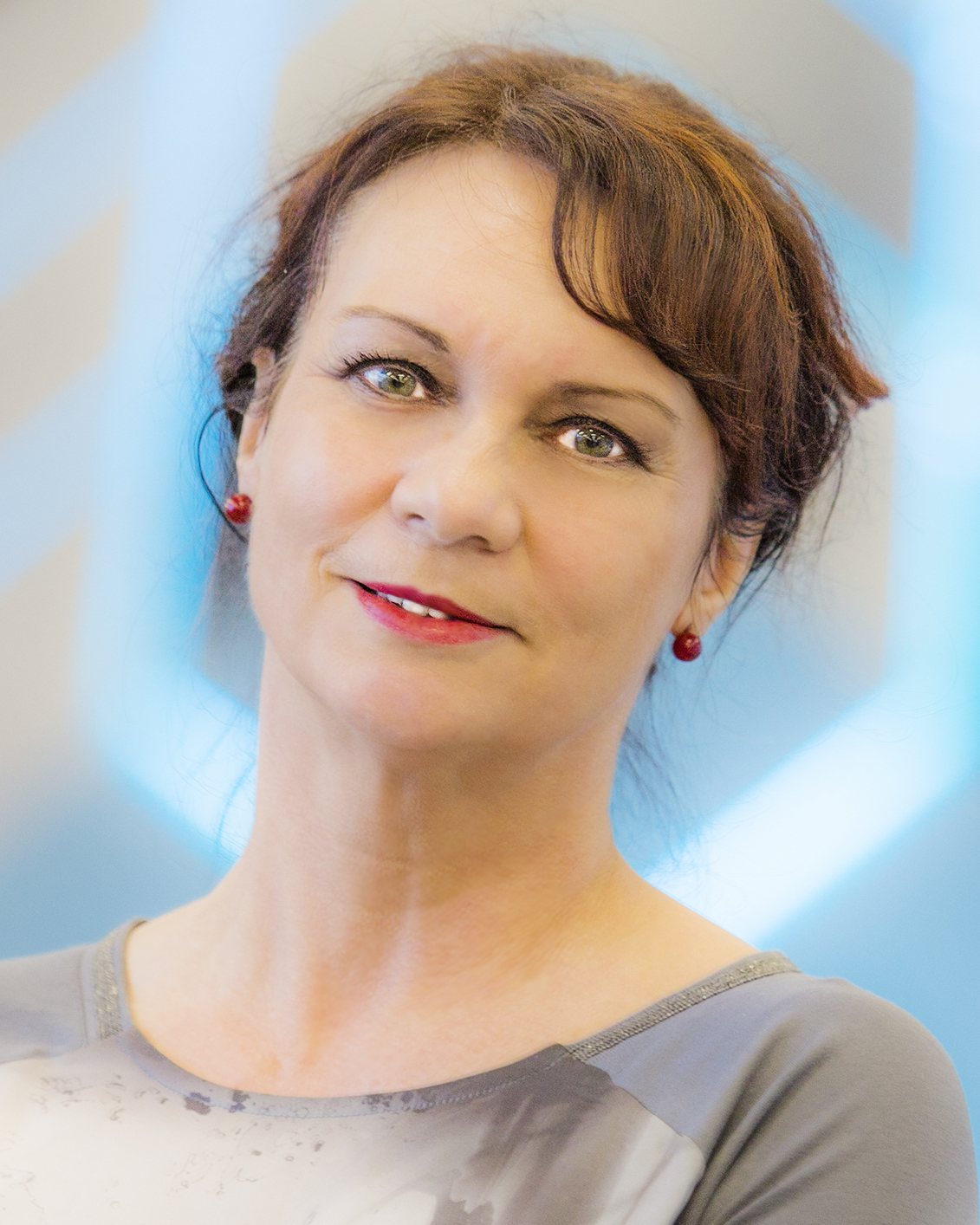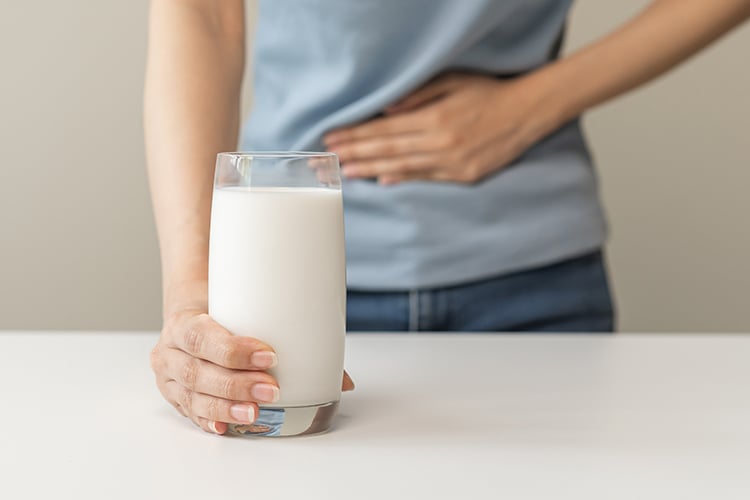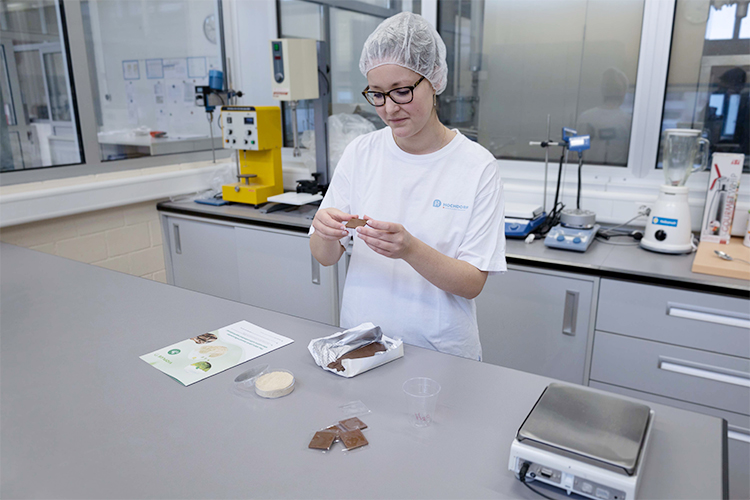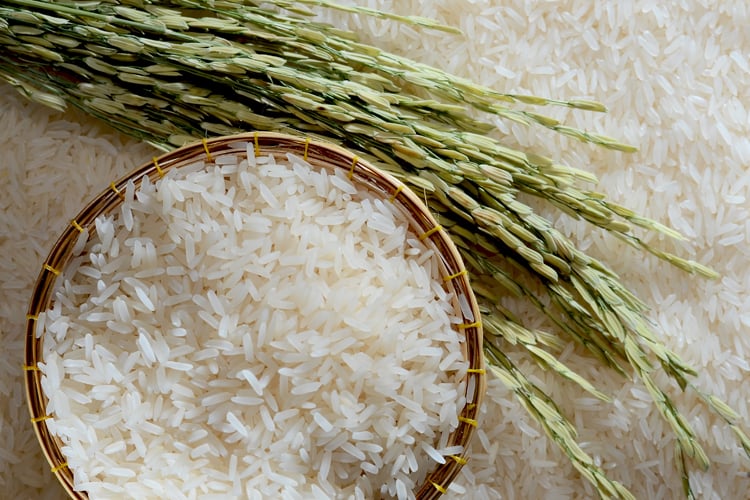
Flexitarians are somewhere in the middle. They follow a path of compromise and don't feel the need to give up meat completely. On the one hand, the reduction in meat consumption may be due to economic reasons – meat products are more expensive than plant-based products – but the ideological and health aspects are clearly important factors.
Flexitarians consciously reduce the consumption of animal-based food to their personal minimum for the sake of their health and the environment. But when flexitarians do eat meat, it is good quality and preferably from organic and animal-friendly production. In March 2016, for example, they consumed around one-fifth less meat but around 400 percent more meat substitute products (1).
Flexitarians consciously reduce the consumption of animal-based food to their personal minimum for the sake of their health and the environment.
Around 42 million part-time vegetarians (2), as flexitarians are also known, now live in Germany. So every second person in Germany or one third of all households (3) more or less consciously belongs to this group. Across Europe as a whole, around 16 percent of the population consume meat at most once a week (4). These are figures that should make manufacturers of high-protein foods sit up and take notice. If you add in around 7.5 million vegetarians and vegans (5), at least 60 percent of the population consumes vegetable protein, and it is a growing trend.
Overview of nutrition types:
Nutrition type |
Definition: |
|
Vegetarians |
Vegetarians only consume plant-based foods such as vegetables, fruits, cereals, pulses, nuts and seeds. Vegetarians do not eat any food from dead animals or any products derived from them. |
|
Ovo-lacto vegetarian |
Their diet is based on vegetarianism, but they also consume milk, dairy products and eggs. Ovo-lacto vegetarians do not eat any food from dead animals or any products derived from them. |
|
Lacto-vegetarians |
They consume vegetable foods as well as milk and dairy products, but they do not eat any animal foods or products derived from them. |
|
Ovo-vegetarians |
Ovo vegetarians eat plant foods and eggs. Ovo-vegetarians do not eat any food from dead animals or any products derived from them. |
|
Flexitarians |
They are guided by vegetarian diets and meat is only consumed occasionally, with the quality and sustainability of the food playing an important role. |
|
Pescetarians |
As the name implies, pescetarians do not eat meat or any products derived from them. They eat plant foods as well as fish and seafood. |
|
Semi-vegetarians |
Semi-vegetarians eat vegetable foods, as well as fish and poultry, but do not eat red meat. |
|
Vegans |
Vegans forgo all animal products, including honey and articles of daily use made from animal body parts (e.g. wool, fur, leather). Their diet is exclusively based on vegetable products. |
|
Fruitarians |
Fruitarians eat only vegetable products that do not have to be harvested e.g. fruit that has fallen from trees naturally. They forgo anything that has to be harvested. |
|
Raw food eaters |
They eat 100% raw food i.e. products that are not heated at temperatures above 42°C. Raw food can also include raw meat or fish, but that is quite rare. It can be vegan, vegetarian or omni food, but the key is that the food is not heat treated because heating food can destroy important vitamins and nutrients. |
|
Flexitarians |
They are guided by vegetarian diets and meat is only consumed occasionally, with the quality and sustainability of the food playing an important role. |
|
Wholefood nutrition |
This diet contains as much unprocessed food as possible, with priority given to vegetables and fruit, whole-grain products, potatoes, pulses, milk and dairy products. Meat, fish and eggs are consumed in very small quantities. Wholefood diets avoid foods that are not sustainable. |
|
Low-carb diet |
There is no standard low-carbohydrate diet. The core idea is based on consuming foods that are low in carbohydrates. In the low-carb diet, the aim is to avoid foods that increase the blood sugar level as much as possible or to enjoy them in small quantities (sweets, potatoes, pasta, etc.). |
|
Clean eating |
Clean eating is more of a movement. The key idea here is to consume only natural produce. Clean eaters do without all processed foods and avoid preservatives and additives. Animal products are permitted provided that they are not processed. |
Further information
Sources
1) GfK Consumer Index 03/2016.
2) DGE - German Nutrition Society. Flexitarier — die flexiblen Vegetarier (https://www.dge.de/wissenschaft/weitere-publikationen/fachinformationen/flexitarier-die-flexiblen-vegetarier/).
3) GfK, ConsumerScan, Consumer Panel Survey, October 2015. Immer schön flexibel bleiben (https://www.gfk.com/fileadmin/user_upload/dyna_content/DE/documents/News/Consumer_Index/CI_03_2016_oD.pdf).
4) Datenanalyse der deutschen Wirtschaft Köln: Fleischkonsum in Deutschland und Europa. Ausgewählte Zahlen und Fakten.
5) Institut für Demoskopie Allensbach (ifD). Number of vegetarians.









Leave a comment